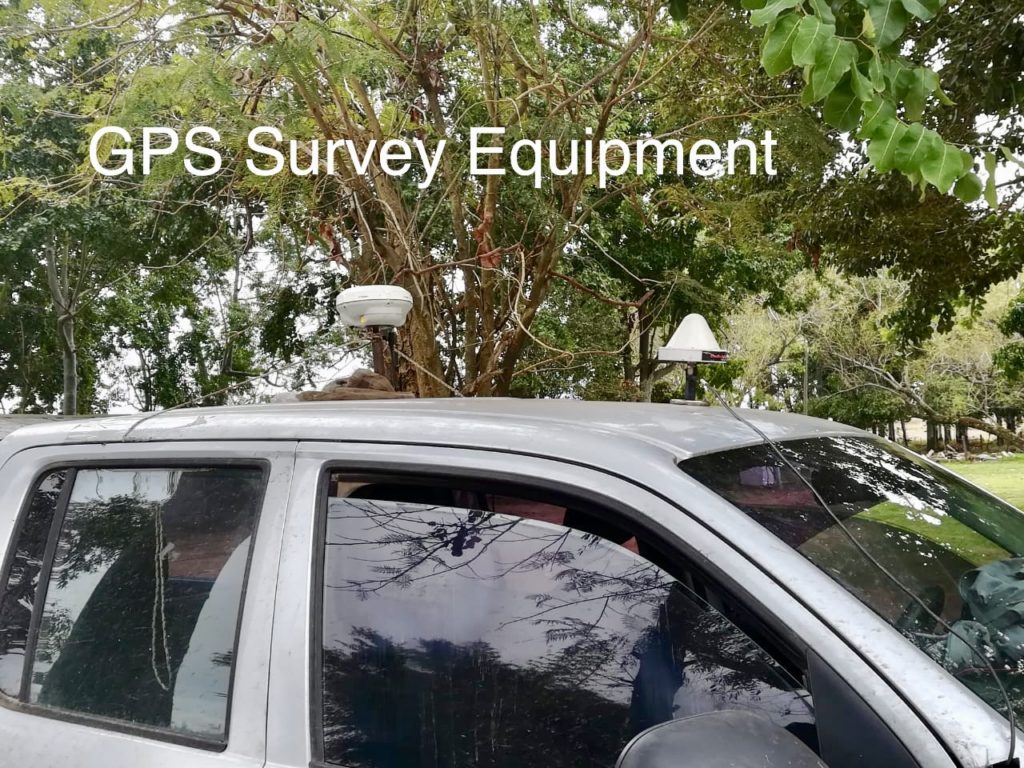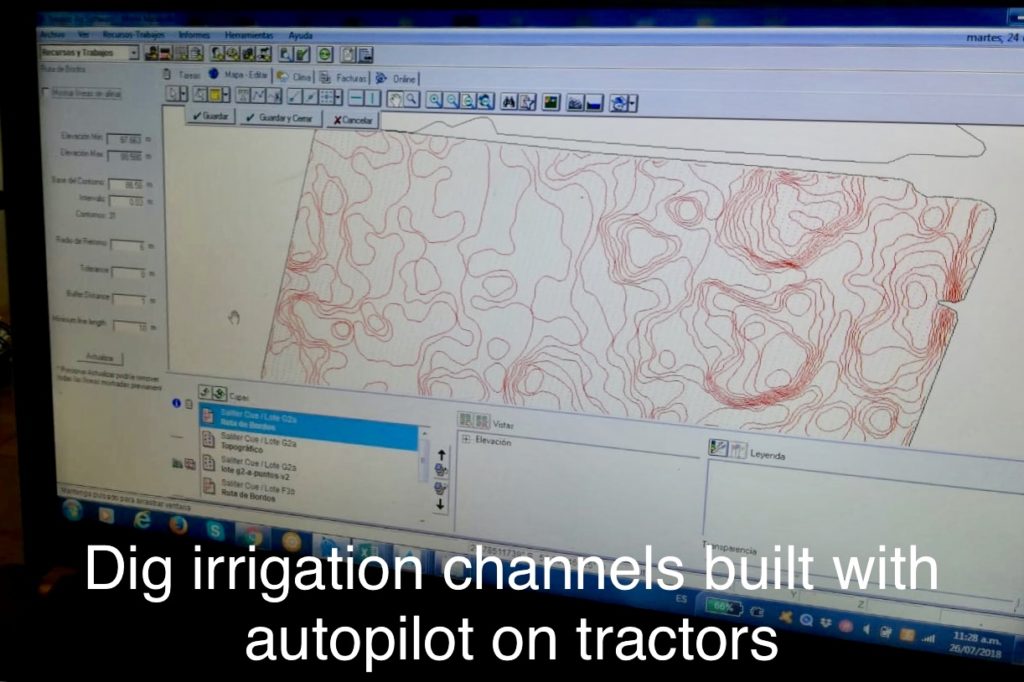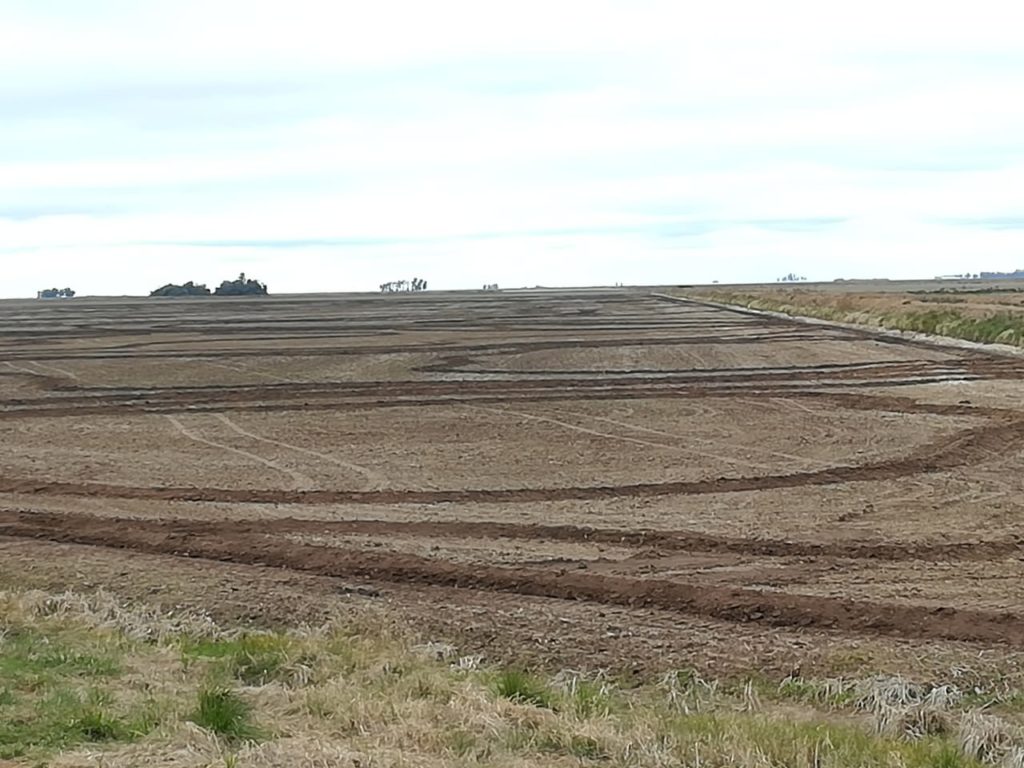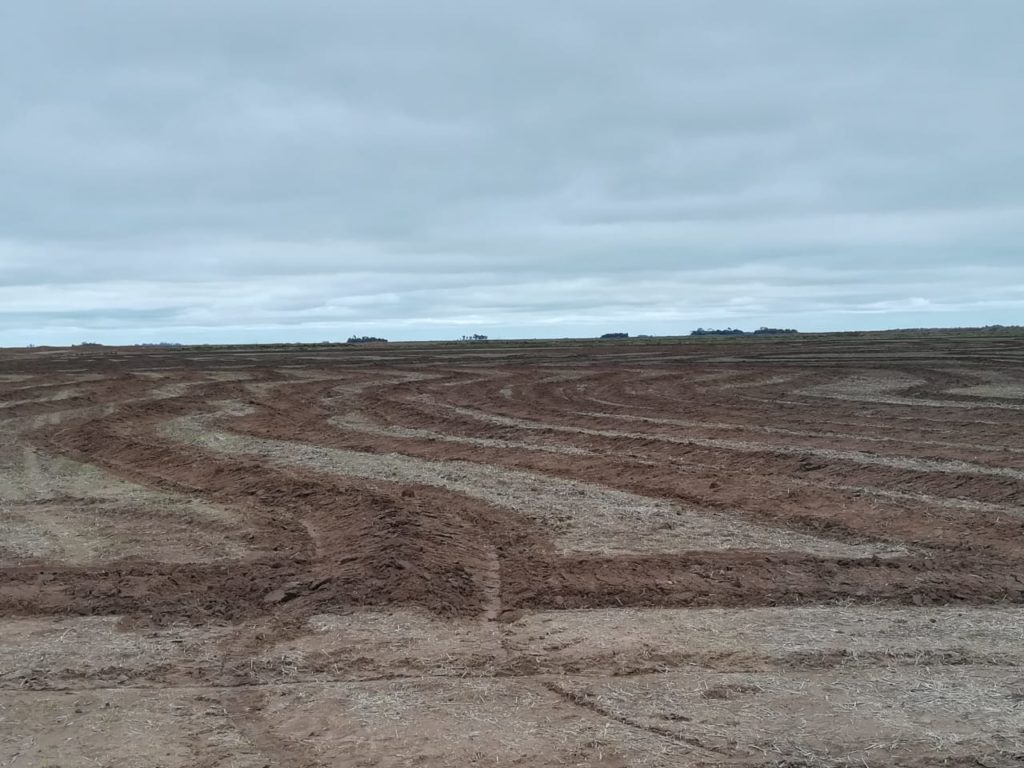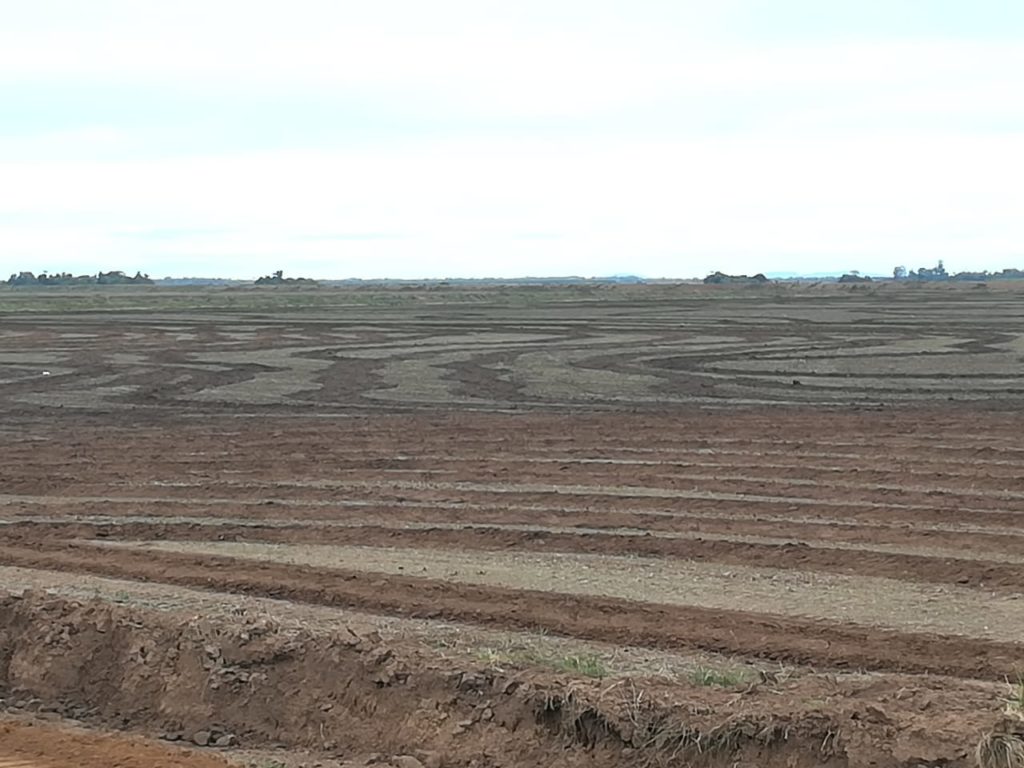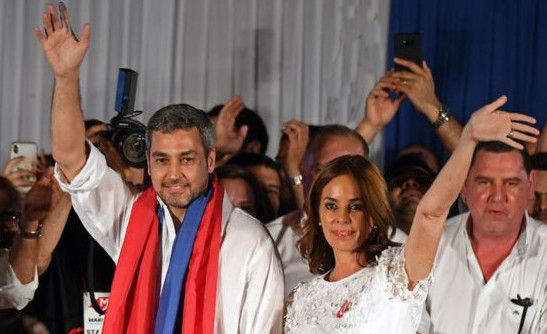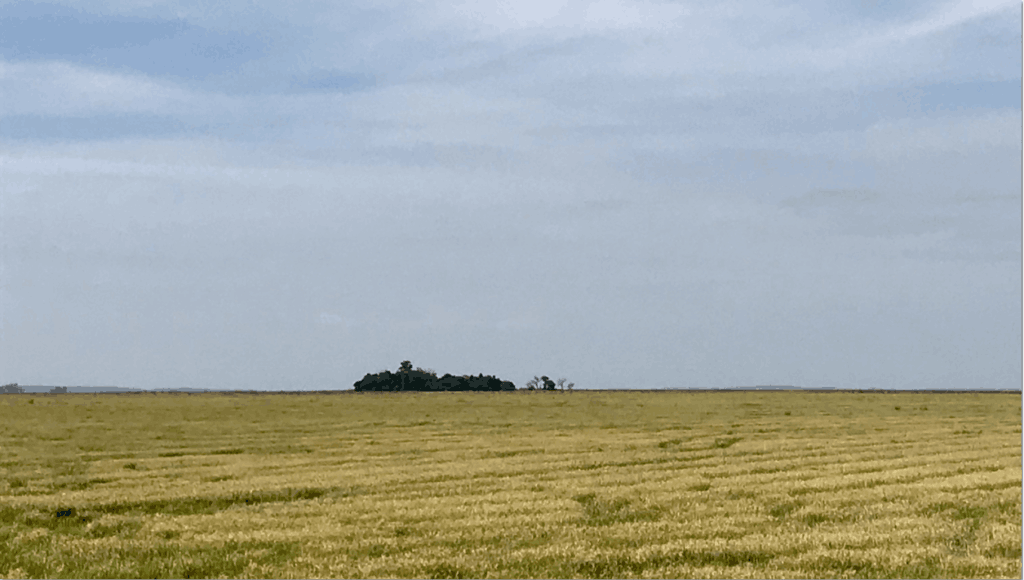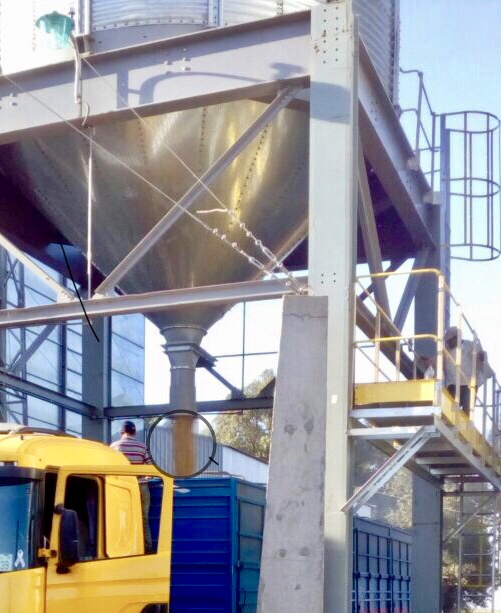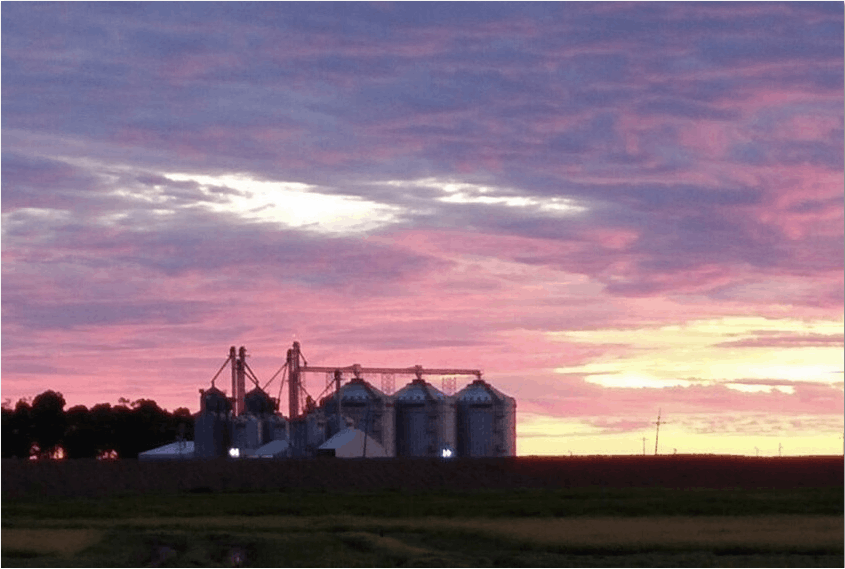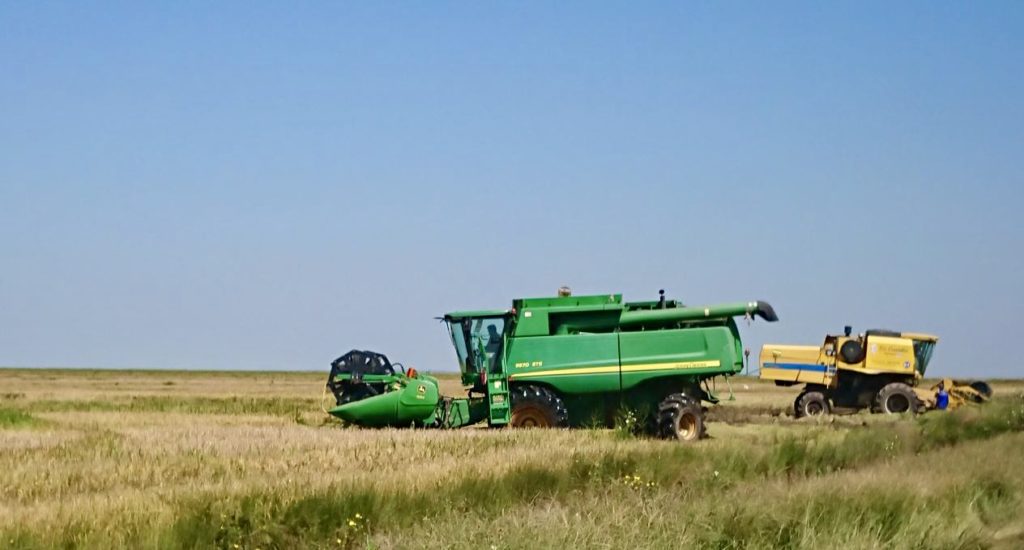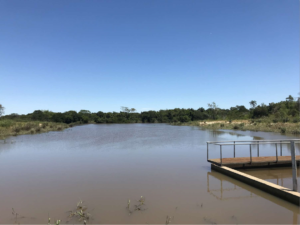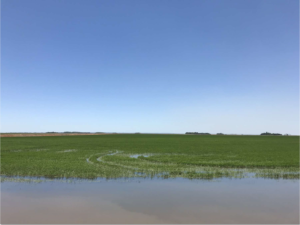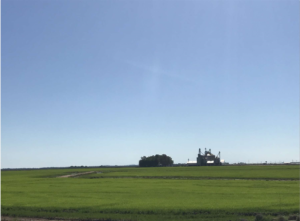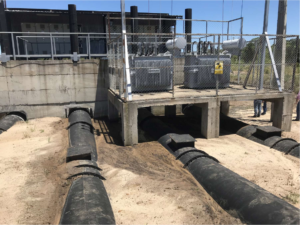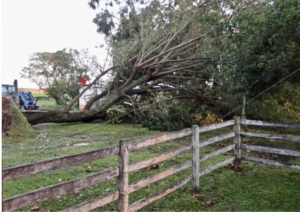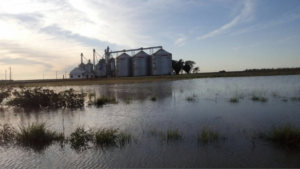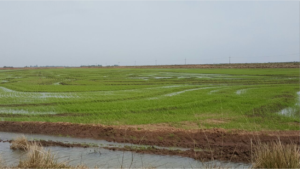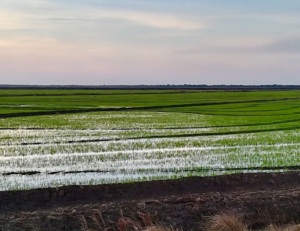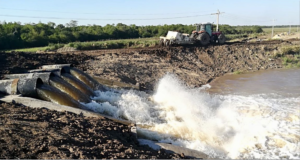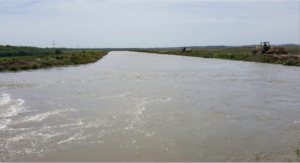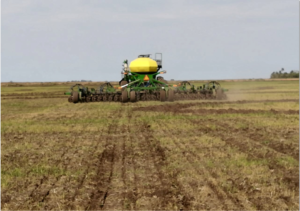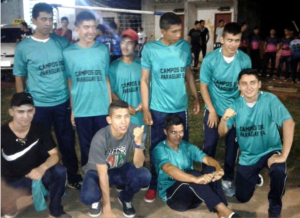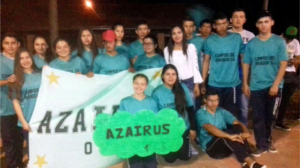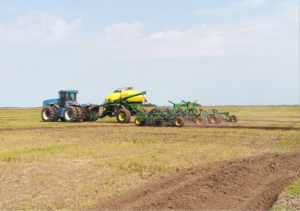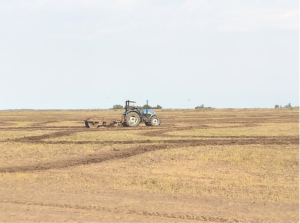While soybean grain exports have decreased by 2.5% in the first half of 2018 compared to the first half of 2017 due to the drought, a 15% drop in international prices on the Chicago Stock Exchange and the reduction of shipments on the Paraná River, whose water level fell, rice exports have increased by 60% over the same period of time.
Over the past decade, Paraguay’s rice production has quadrupled. Paraguay’s recent dominance of the Brazil rice import market has caused Uruguay and Argentina to find new markets in Latin America, Africa, and the Middle East. Paraguay shipped nearly 80% of its exports to Brazil. It is interesting to note that among the major producers in South America, Brazil is the only country that not only exports but also imports rice.
Only 10 years ago, Uruguay and Argentina supplied more than 80% of Brazil’s rice imports. Last year as Paraguay’s share expanded, these 2 suppliers’ share declined to roughly 40%. However, these 2 countries have been able to capitalize on their port capacities to ship further distances and expand markets abroad (Iraq, West Africa). For instance, Peru is now the top export market for Uruguayan rice. They also have seen considerable growth in their exports to traditional U.S. markets such as Mexico and Costa Rica.


